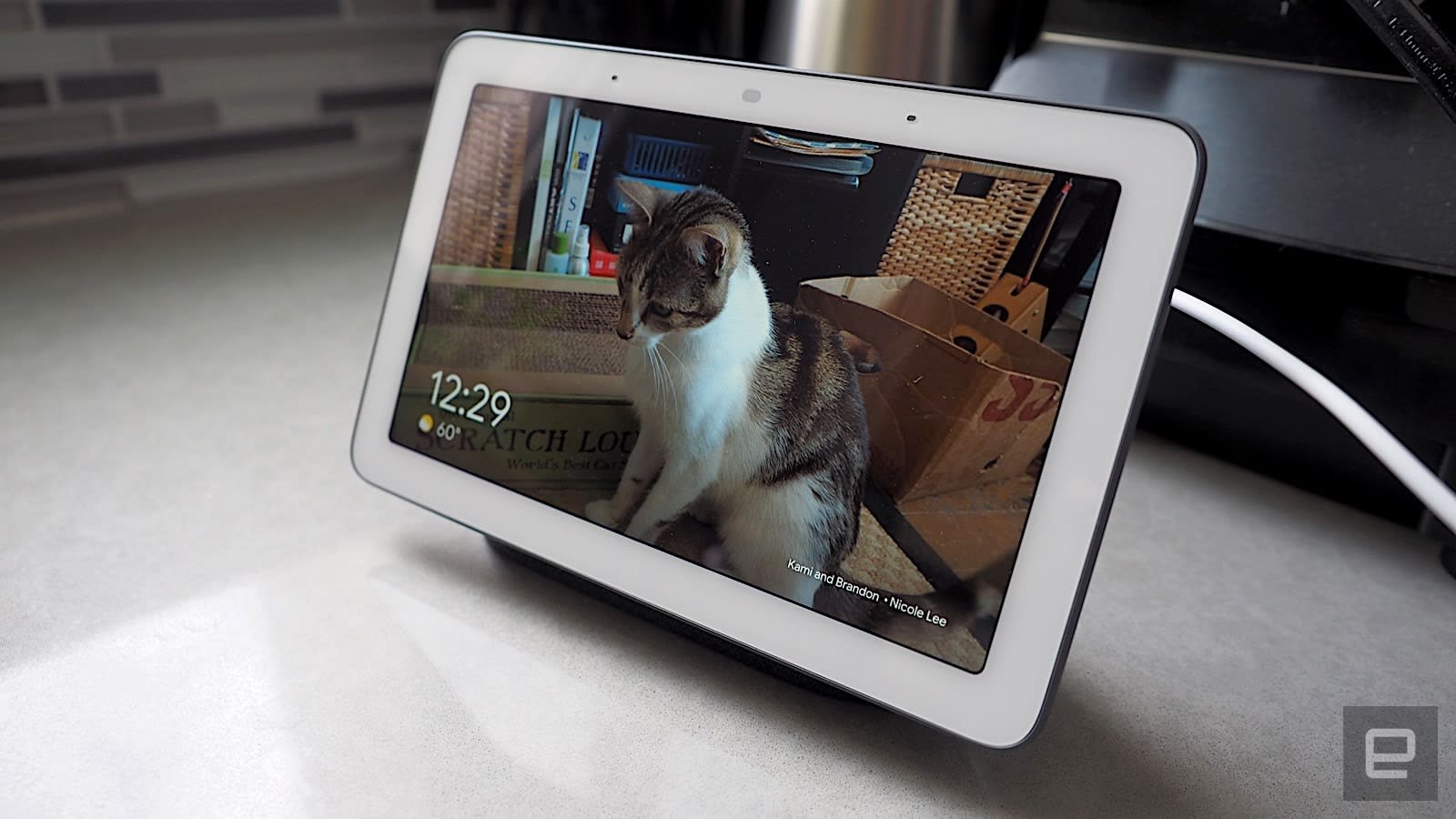https://www.wired.com/story/strava-route-builder-for-mobile

If you’re a runner or cyclist visiting a new city, or even just exploring a different part of your own town, heading out for some impromptu exercise can feel like a bit of a gamble: If you’re lucky, you might chart a long, uninterrupted course along safe streets or well-worn trails. More likely, though, you’ll find yourself dodging traffic on a path punctuated with stop lights, detours, and blind alleys.
Finding new places to ride or run can be such a pain that, even in their own neighborhoods, many athletes resort to traversing the same handful of routes over and over and over. “I’m stuck on the same two loops,” says James Quarles, CEO of Strava, the GPS-powered, workout-tracking social network for the aerobically inclined. He lives in a suburb south of San Francisco, where he says a lot of the streets disappear and dead-end, which is why he’d rather retread the routes he knows than waste time finding new ones.
Rarely is the most direct path from A to B ideal for running or biking; Strava’s data reveals the paths that athletes actually spend time on.
It’s a shame—not just for the head Strava but anyone who enjoys exercising outside, one of the greatest joys of which is finding fresh perspectives on one’s surroundings.
Strava
To make it easier for the fleet of foot to find new places to rack up miles, Strava today unveiled a handy beta feature it calls Route Builder for Mobile. The straightforwardly named tool, which lives inside the Strava app, is purpose-built for smartphones and makes finding new routes as simple as tracing your finger over a map: Just draw where you want to go and it spits out an ideal path.
Strava assembles that path from fragments of the billions of rides and runs stockpiled on its servers. Strava’s database is perhaps the largest repository of geotagged fitness data on earth. It contains trillions of GPS points from user-uploaded activities. That data hoard is what makes a tool like Route Builder more useful to athletes than, say, Google Maps. Rarely is the most direct path from A to B ideal for running or biking; Strava’s data reveals the paths that athletes actually spend time on.
But the mobile Route Builder’s real draw is how easy it is to use. Tools for creating routes have existed on desktop for years through programs like Google Earth and websites like plotaroute.com, but using them is a bit of a chore: You mark the start of your activity by placing a pin on a map, then drop a second pin a little ways up the street, a third pin a little beyond that, and so on. It’s time-consuming, attention-hungry work—the kind of point-and-click task a researcher might use to evaluate your fine motor skills. Plus, there are often few clues that the path you’ve drawn onscreen is any good for getting around by foot or by bike.
Strava
Strava’s new tool is a lot simpler to use. Faster, too. To build a route, start a workout, select the route icon, and tap the plus sign in the upper right corner of the screen. Position the map however you like, then use your finger to trace a route. You can make it squiggly or straight. Plot a point-to-point path or a closed loop. Whatever you draw, Route Builder takes your input and refines it by comparing your drawing against its database of recorded activities. A few seconds later, your rough sketch snaps into place along run- or ride-friendly streets and trails.
Plot Points
Frankly, it’s a little surprising this tool didn’t exist before now. The same stockpile of anonymized user activity that makes it possible also powers Strava’s Global Heat Map, a color-coded visualization of the world’s most frequented running and cycling routes. (Last year, the map lit up the locations of clandestine military bases and patrol routes around the world, but enterprising Strava users have been using it to discover places to ride and run since before it was identified as an OPSEC liability.) It’s also the data set behind Strava’s browser-based Route Builder, which, despite being more powerful and more user-friendly than most desktop-based activity mappers, still requires plenty of pointing and clicking and thus feels clunky and restrictive in all the ways that swiping your finger across a screen does not. Scribbling a route on your phone and watching it snap to a coherent path isn’t just efficient, after all: “It’s also kinda fun,” says Strava engineer Drew Robb.
Its obvious advantages are why it’s taken a matter of weeks for the feature to go from a concept to a usable tool. Robb, who years ago built the company’s routing platform, pitched the idea in December at one of the Strava’s quarterly hackathons. “Everyone in the company gets three days to work on whatever they want,” Robb says. “It’s a nice way to press pause and work on something you think we should have.”
For him, that meant dusting off some old routing code and figuring out how to implement it on mobile. It took him a couple of days to build a prototype, and, after the higher-ups fast-tracked it, a small team of engineers another month to produce a working beta.
That beta is available starting today to English-speaking members of Summit, Strava’s paid subscription service, which starts at $3 per month. The plan is to see how subscribers use the feature and solicit their feedback on where it could improve. “We want it to get better and better over time,” Quarles says.
Running Things
The trick for Strava will be to determine whether and how to add to the feature without bogging it down. “We want this to work everywhere, for everyone,” Quarles says—but not all runners and cyclists value the same things in their routes. The browser-based Route Builder, for example, lets users control for things like elevation gain and total mileage. Strava made the mobile version quicker and easier to use, but at the expense of such adjustability. In Oakland, where I live, the feature has helped me discover some new, albeit very hilly, routes. In San Francisco, where I work, it has revealed corridors I’d never considered taking before—though it usually over- or undershoots my desired distance by a few tenths of a mile. If you’re the kind of person who minds such things, Strava’s mobile Route Builder, in its current form, might not be for you.
But if you’re the kind of person who’s unintimidated by the prospect of a surprise hill workout, you’ll want to give Route Builder for Mobile a whirl. It’ll help you ride and run more like the locals when you travel, and add some variety to your routine at home—no pointing and clicking required.
More Great WIRED Stories
via Wired Top Stories http://bit.ly/2uc60ci
February 13, 2019 at 06:06AM







